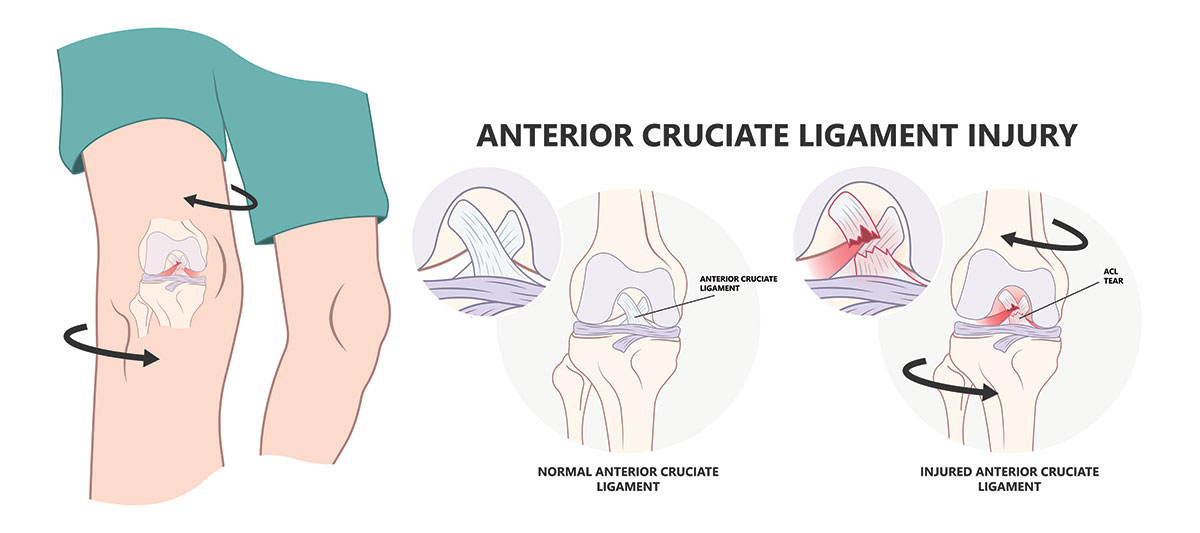Non-Surgical ACL Treatment and Rehabilitation
Non-Surgical ACL Treatment and Rehabilitation

Traditionally, the diagnosis of an ACL rupture has almost certainly meant surgery. The thoughts on this are slowly changing. There are multiple studies being conducted on the healing potential of an injured ACL. There are also almost no good studies that prove that surgery is actually better than a structured rehab program.
That being said, ACL reconstruction has potentially been done too easily and frequently in the past. The more recent thinking is to attempt a structured rehab program, assigned by a medical professional with the relevant knowledge, for 3 to 6 months and then re-evaluate the need for surgery. Some patients will still require surgery but a large percentage will be completely functional with some good rehab.
There are many factors that will contribute to the decision surgery vs non-surgical:
- Concomitant injuries like other ligament injuries
- Meniscal tears that cause locking or catching
- Fractures
- A very unstable knee
In the initial phase, the most important aspect is to get the patient as confident as possible in daily activities like standing up from a chair and sitting back down. Exercises, and their intensity, are then gradually increased as tolerated to the point where the patient has full lower limb strength and control.
The final decision is then made based on incidences of instability experienced by the patient once fully rehabbed.
Does the ACL heal?
Some studies have found that the ACL heals on its own, others have found it heals onto the PCL, and in some cases, it doesn’t.
Does it matter if my ACL heals or not?
In most cases, it will not make a difference if your ACL heals or not as most of the stability for your knee is dynamic. What this means is that most of the control or stability of your knee come from muscular control, strength and proprioception (balance). There are now many famous professional athletes playing their sports that choose not to have surgery. Some of them have healed ACLs and other not; but their lower control and strength is good enough that the ACL is less important.
Moral of the story:
It is worth a trial of non-surgical treatment following an ACL rupture prior to deciding on a surgical intervention.
